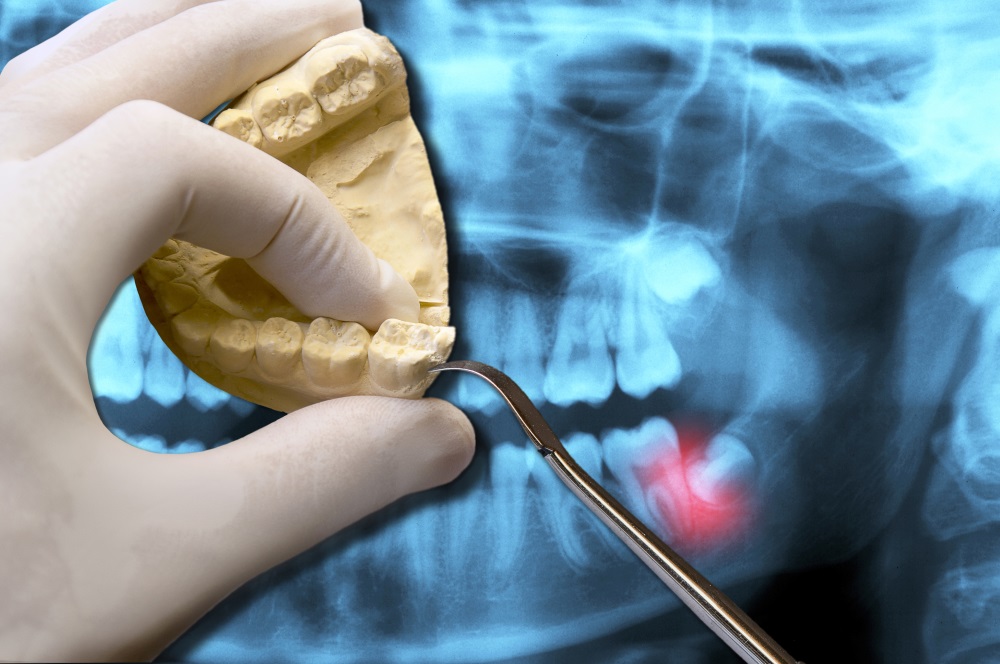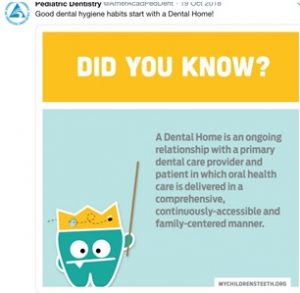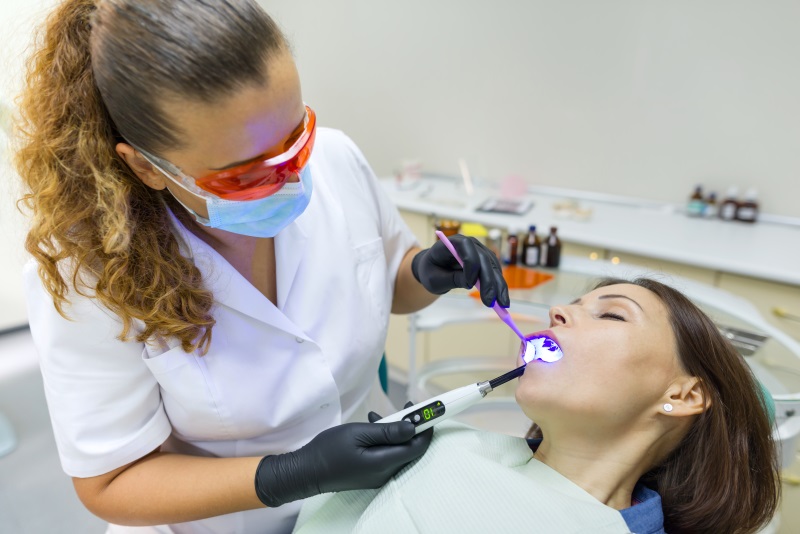There are many milestones that mark a coming of age. At 16 you can get your driver’s license, at 18 you’re a legally an adult and most kids then graduate high school and head off to college.
Just like these milestones, there are also several key dental milestones. Your parents remember your first tooth erupting (and the many more that came after), the first tooth you lost, any orthodontic work you had done, and finally getting your wisdom teeth removed.
For the younger generations, most of us remember getting our wisdom teeth out over summer break or between semesters in college. However, removing wisdom teeth hasn’t always been standard. In fact, one common question we get from our older patients who still have their wisdom teeth is if we still need to remove them. Just like with your appendix, wisdom teeth are fine to have until something goes wrong or a risk is identified. And when that happens, it normally requires immediate action.
If you still have your wisdom teeth, it’s important to discuss them with your dentist and determine if they could be doing more harm than good.
Why do we have wisdom teeth?
Sometimes more accurately referred to as our third set of molars, wisdom teeth were necessary once upon a time when our ancestors subsisted on a diet that consisted of tough meats and fibrous roots. In addition, these ancestors had much larger mouths, which could easily fit 32 teeth.
However, as humans evolved and we left the hunter and gatherer lifestyle, our jaws also changed. Thanks to softer foods and more diverse diets, we no longer needed an extra set of molars to help break down food. And with a smaller jaw, 32 teeth could no longer fit properly. Due to this, complications have become common, like teeth that don’t fully erupt and become impacted. Pain and infection always follow.
How did wisdom teeth get their name?
Third molars have been referred to as “teeth of wisdom” since the 17th century and just as “wisdom teeth” since the 19th century. These third molars generally appear much later than other teeth, usually between the ages of 17 and 25 when a person reaches adulthood. It’s generally thought today that they’re called wisdom teeth because they appear so late, at an age when a person matures into adulthood and is “wiser” than when other teeth have erupted. We won’t comment on the “wise” nature of 17 to 25-year-olds, but we’ll agree that these late-erupters definitely come at a later stage of life.
I’m an adult and still have my wisdom teeth, now what?
Dentists and oral surgeons don’t recommend removal just so we have something to do! Instead, we see the problem with wisdom teeth when there is no longer room for them in the mouth, resulting in poor root quality and oddly-shaped or angled teeth. Even if you do have the space in your mouth, there is a higher likelihood that your wisdom teeth could become infected or lead to the development of other periodontal diseases since they’re so far back in the mouth and that much harder to clean. Many times, pulling wisdom teeth is a preventative measure that is done to protect the long-term health of your mouth.
While there is no “correct” time for wisdom tooth removal, the younger you have it done, the easier the healing process. The procedure to remove wisdom teeth varies from patient to patient since sometimes the teeth are impacted or a patient may not have a full set. The procedure shouldn’t be painful with the correct anesthesia, and is almost always done in an outpatient setting. Proper care after the procedure is important to prevent painful side effects like dry sockets.
Removal prior to wisdom teeth causing a problem or resulting in more significant dental work is important. If you or your child still have wisdom teeth and you are looking for a consultation, give our office in Fort Worth a call today!
The post The History of Wisdom Teeth appeared first on Fort Worth Dentist | 7th Street District | H. Peter Ku, D.D.S. PA.









